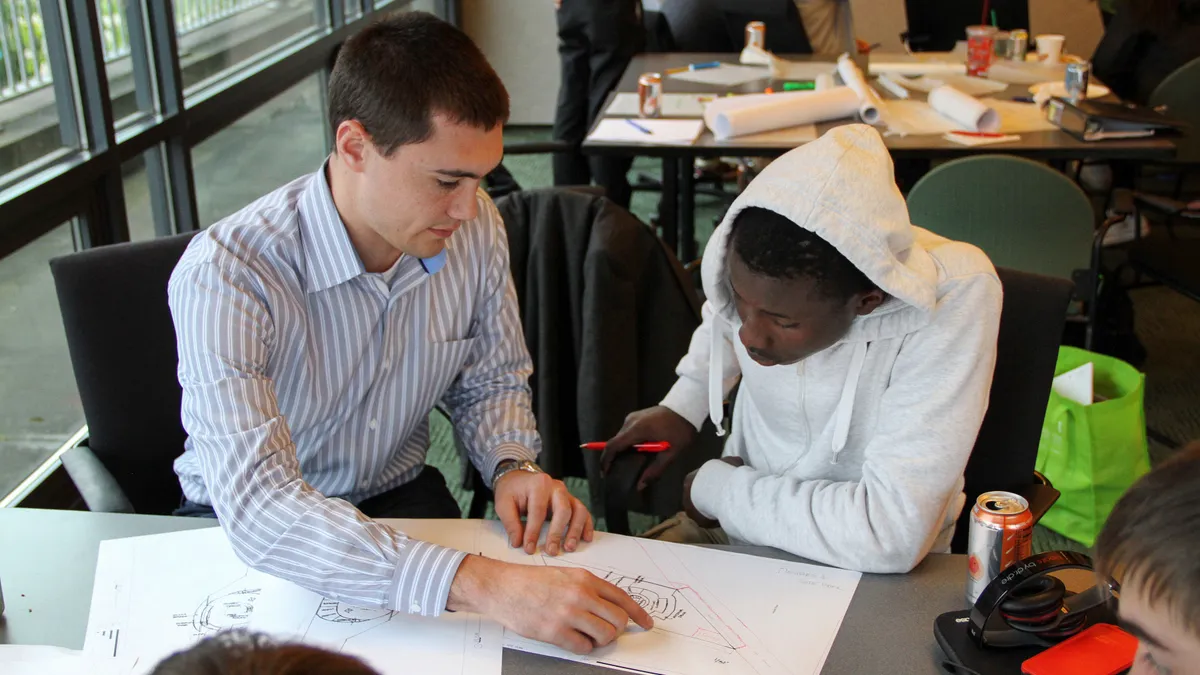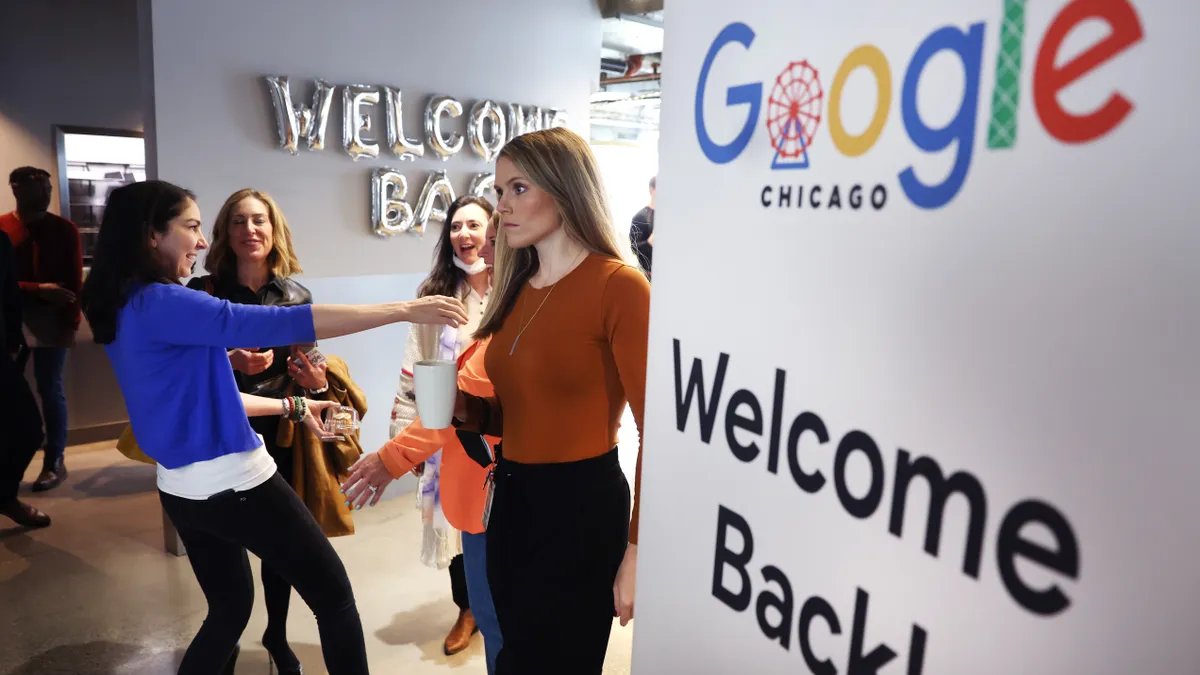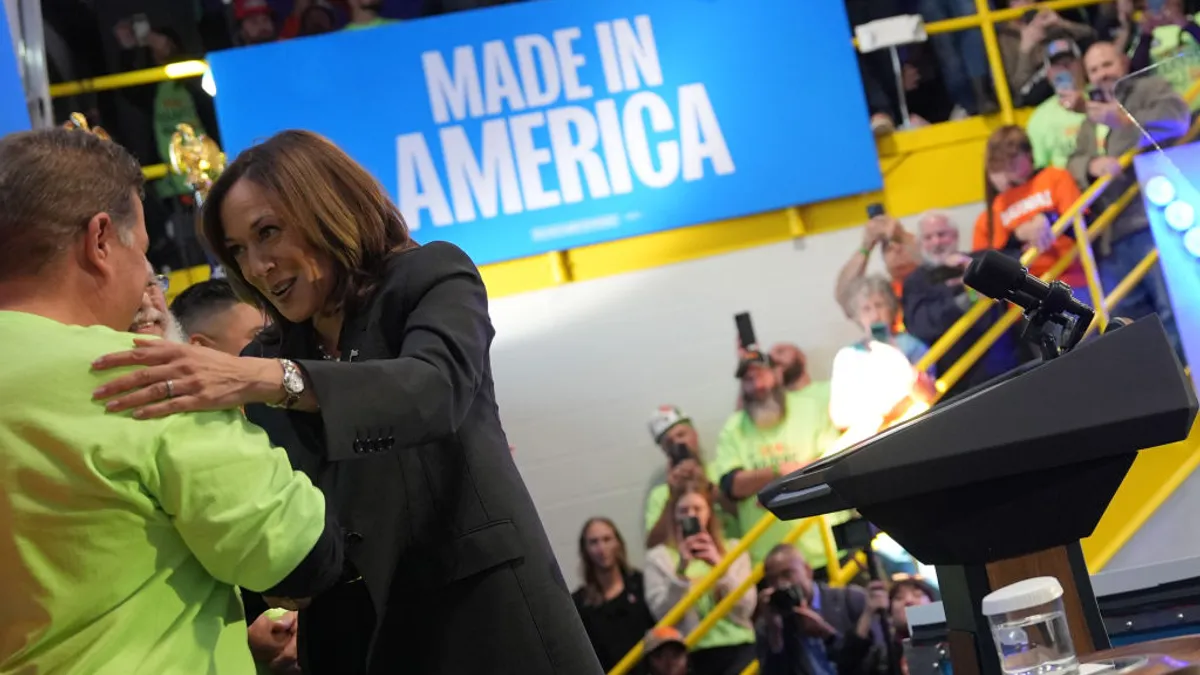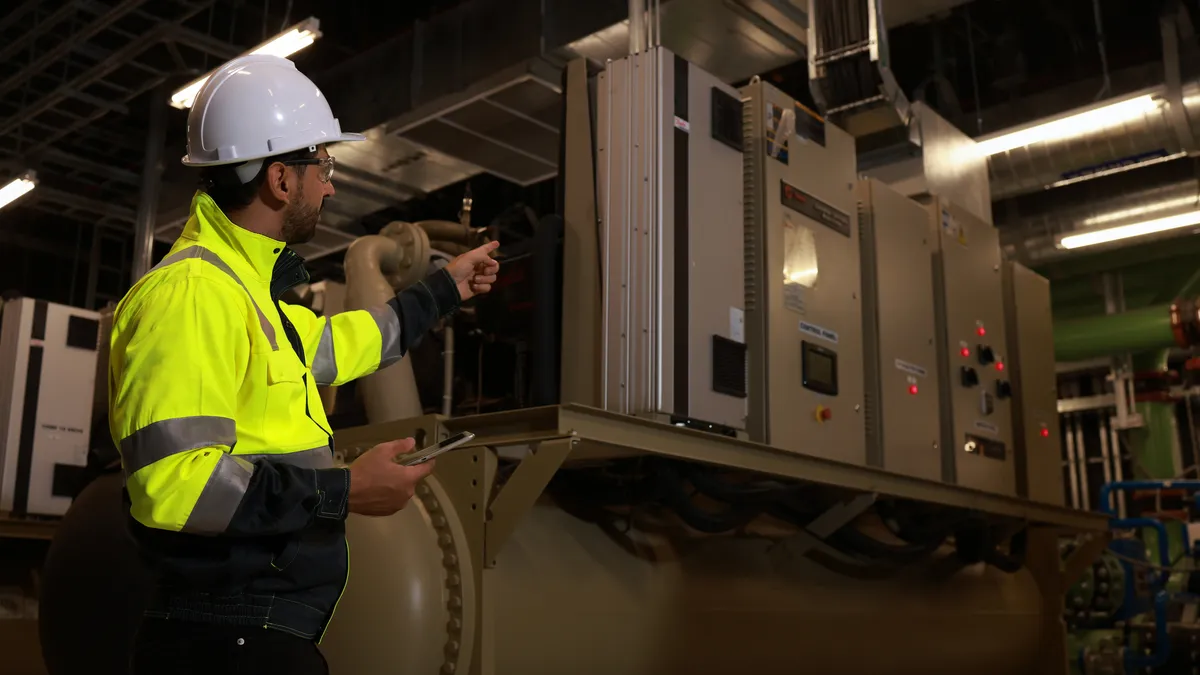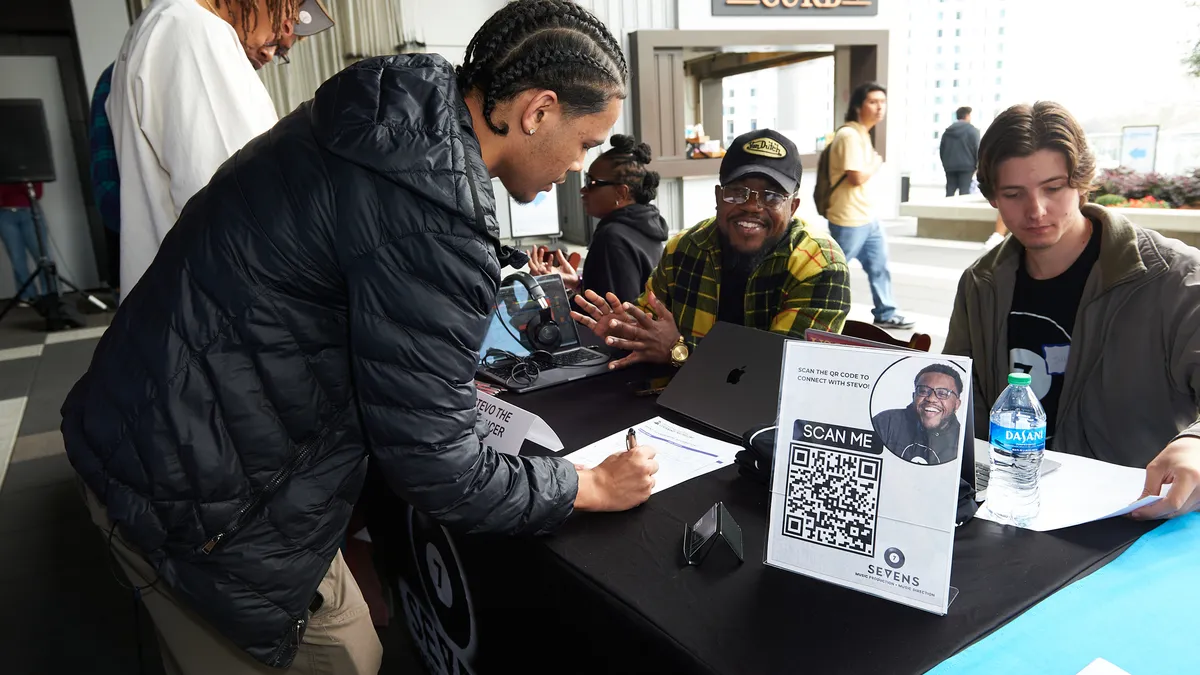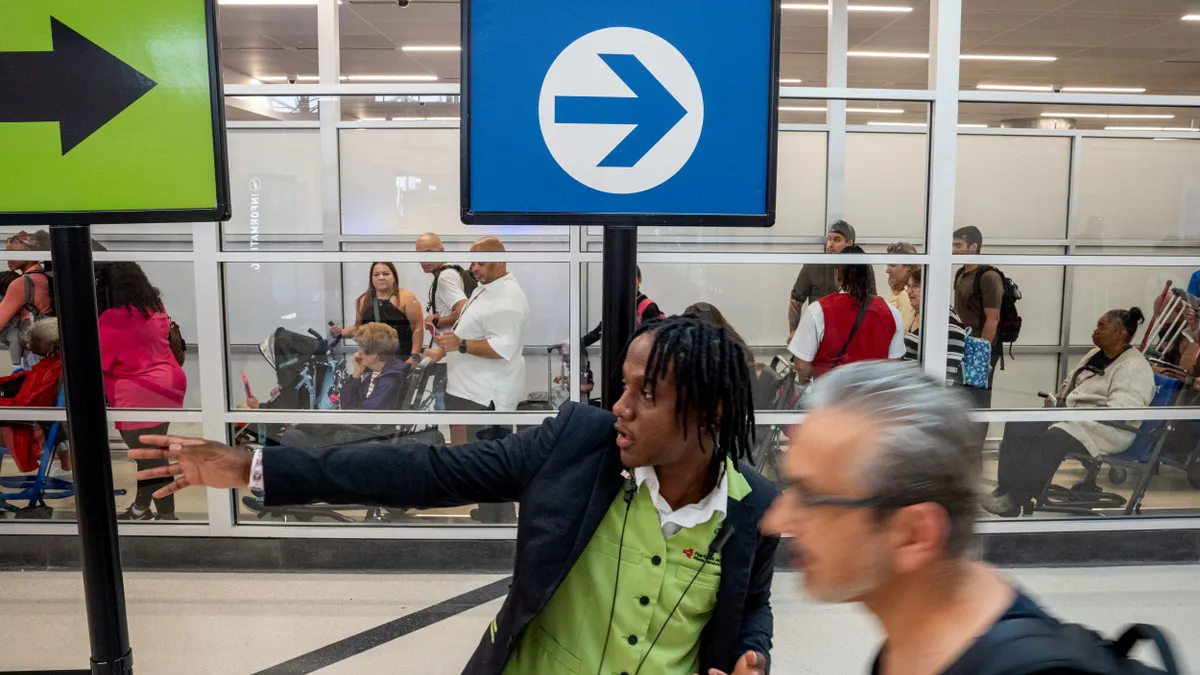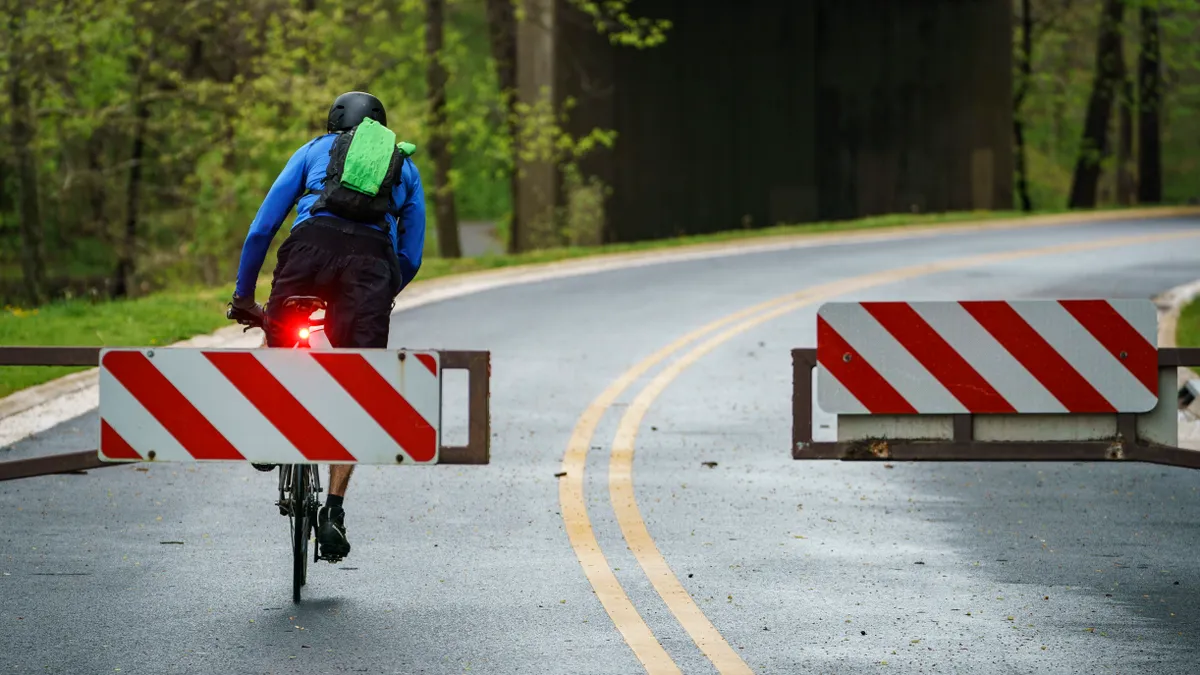Seventeen New York City-area builders noticed declining enrollment in engineering and architecture, so they grouped together in 1994 to launch the Architecture Construction Engineering (ACE) Mentor Program of America.
The program brings volunteers into high schools after school to educate students about their options in the construction industry. Students get to see all the aspects of a construction career path, from architecture and engineering to trades like welding and carpentry.
Enrolling more than 10,000 students a year, ACE has offered $25 million in scholarships throughout its history.
Focusing on schools in urban settings, which often have a higher percentage of minorities, ACE casts a wide net in recruiting a diverse crowd. At the same time, ACE frequently visits underfunded programs that intend primarily to help kids through college, but not give them the tools to find a career.
ACE is a recipient of a recent Construction Users Roundtable (CURT) workforce development award, in the category "Workforce Development Through Group Mentoring."
Here, Construction Dive speaks with Diana Eidenshink, president of ACE, to learn more about the challenges of bringing high schoolers into the industry, and the best candidates to become the next generation of builders.
The following has been edited for brevity and clarity.
CONSTRUCTION DIVE: Why is it so important to target students, particularly women and minorities, when it comes to construction recruiting?
DIANA EIDENSHINK: Diversity of talent is critical for all of us. The more people we have from different backgrounds at the table, the better our decision-making can be. It is so important to have different perspectives in any workplace.
More specific to our industry, when we look at the numbers of diverse talent entering construction jobs we know that we need to do a better job recruiting minorities and women. At ACE, 70% of students identify as minorities and 40% are female. This speaks volumes for what ACE can do when it comes to recruiting.
What kinds of technology does ACE Mentor use to attract students to the industry? What is the best way to showcase technology to potential recruits?
ACE Mentor is proud to partner with many firms in the technology space. They have all provided resources, materials and complimentary access to their programs. Additionally, our mentors themselves have put together some fantastic sessions on all kinds of topics — drones, remote controlled excavators, video games, virtual reality and so much more.
Really, the best way to showcase any aspect of our industry is through hands-on instruction. Students learn best and get the most excited when they actually get to experience it for themselves.
What are the biggest challenges your organization faces?
It's really been interesting to watch our programs transform. While there were some challenges at the beginning of the pandemic — pivoting to virtual programming, recruiting students without the one-on-one contact, overall we have learned some interesting lessons. To start, with virtual learning the transportation barrier was completely removed. Students who might not have been able to make sessions in the past were able to participate. The same goes for mentors.
That being said, we know that learning takes place better when students and mentors are in person together. Many programs are moving to hybrid models to give mentors and students the option that works best for them.
Additionally, there is a lot of competition out there. Other after-school programs, sports, family obligations, jobs — the list of conflicts can be long. Additionally, construction is not historically viewed as a first choice when it comes to career pathways. We are working to change that.
Construction is such a complex industry with so many opportunities, no matter where students' interest lies.
What do most students look for in a career, and what can construction do to meet those desires?
Students now are looking for meaningful work — how they can make an impact on the world. They are also love technology. We see it as our job to show all the cool ways that construction jobsites are integrated technology into everyday work.
The pride of being able to say "I built this" is one way our students can know that they will make people's life better through the built environment.



